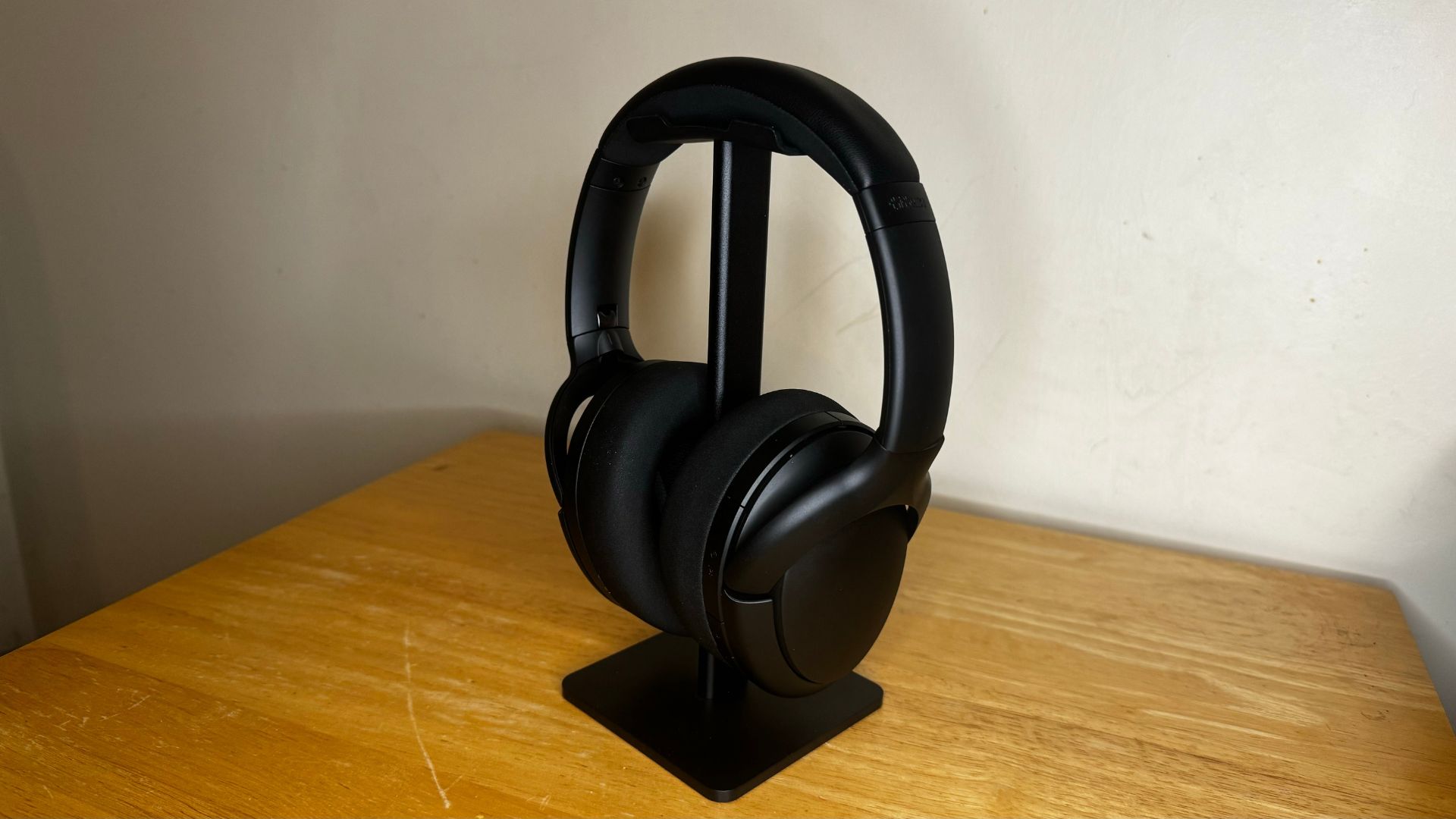
As a headphone enthusiast (and in my case, reviewer), you want to try out as many different kinds of headphones as you possibly can. Whether that's the latest wired over ears, made boutique-style in a small room by hand, or fresh off a factory production line to get stamped with a ‘Sony’ logo, you want to hear what they’re like.
The problem, of course, is space, and, to perhaps a larger degree, cost. Headphones are not cheap with some of the best costing tens of thousands of dollars. I’m lucky enough to have tried out some of the most expensive headphones around (and they left me changed, unrecognizable) — but not everyone might have the opportunity.
What if, however, there was a pair of headphones that could sound like all the best? A pair that could encapsulate some of the most impressive sound signatures out there, replicated, for you, in the depths of a single pair of over-head cans? The Titum Audio, successfully funded on IndieGoGo, are a pair of headphones that claim to do just that.
What are they?
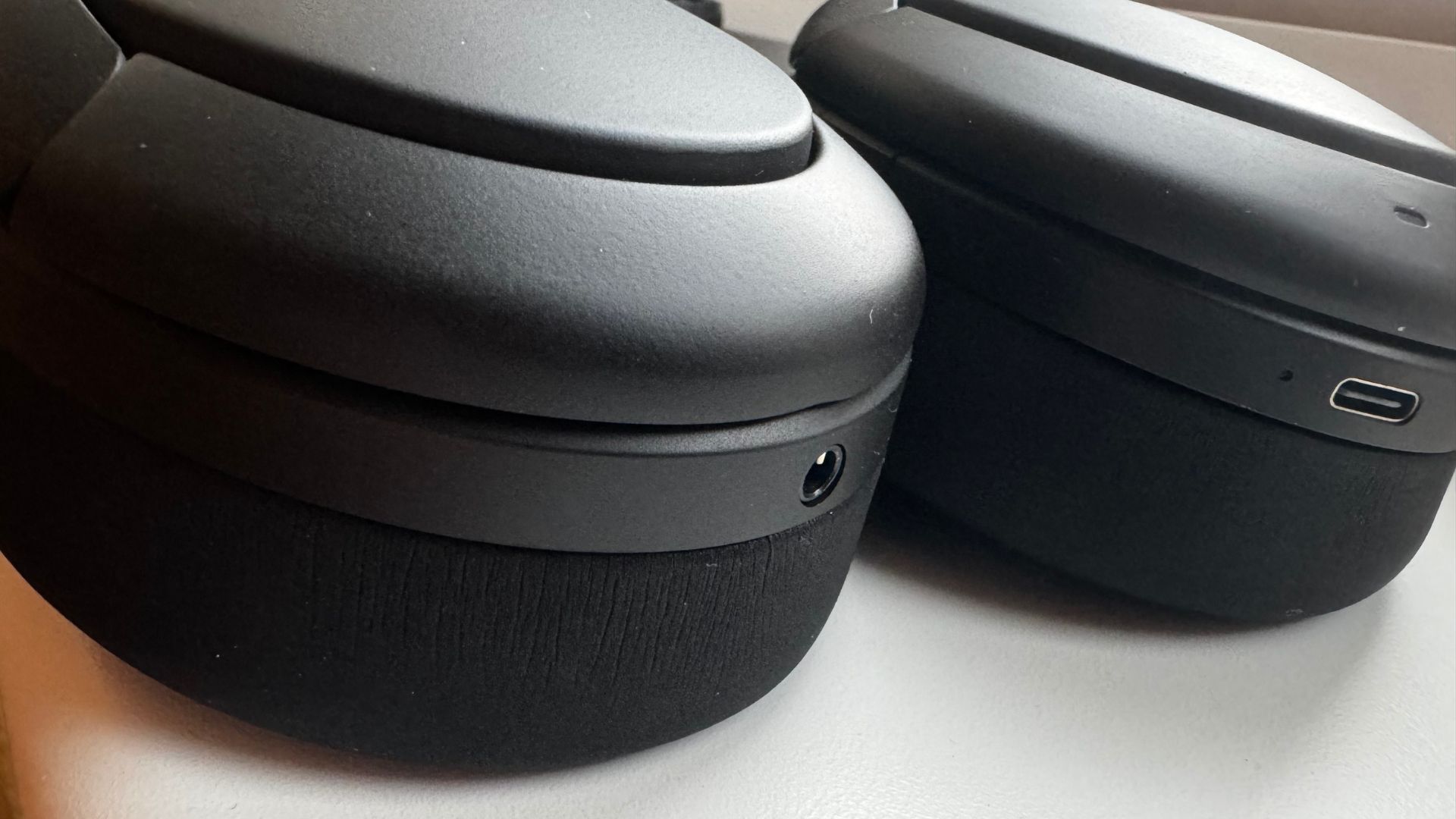
Titum Audio is a brand that you have likely never heard of — I know I hadn’t until I got an email from them. The only thing that Titum makes are the Titum headphones, and on first glance, it seems like it could be some kind of internet vaporware thing, a concept too interesting — impossible, even — to actually come out in shape or form.
But here they are — and I’ve got my mitts on a pair. The idea behind the headphones is to make a kind of ‘jack of all trades’, a pair of headphones that can sound like other pairs of popular headphones through clever audio trickery. It sounds too good to be true… but we’ll talk more about that later.
First, the design.
The Titum headphones
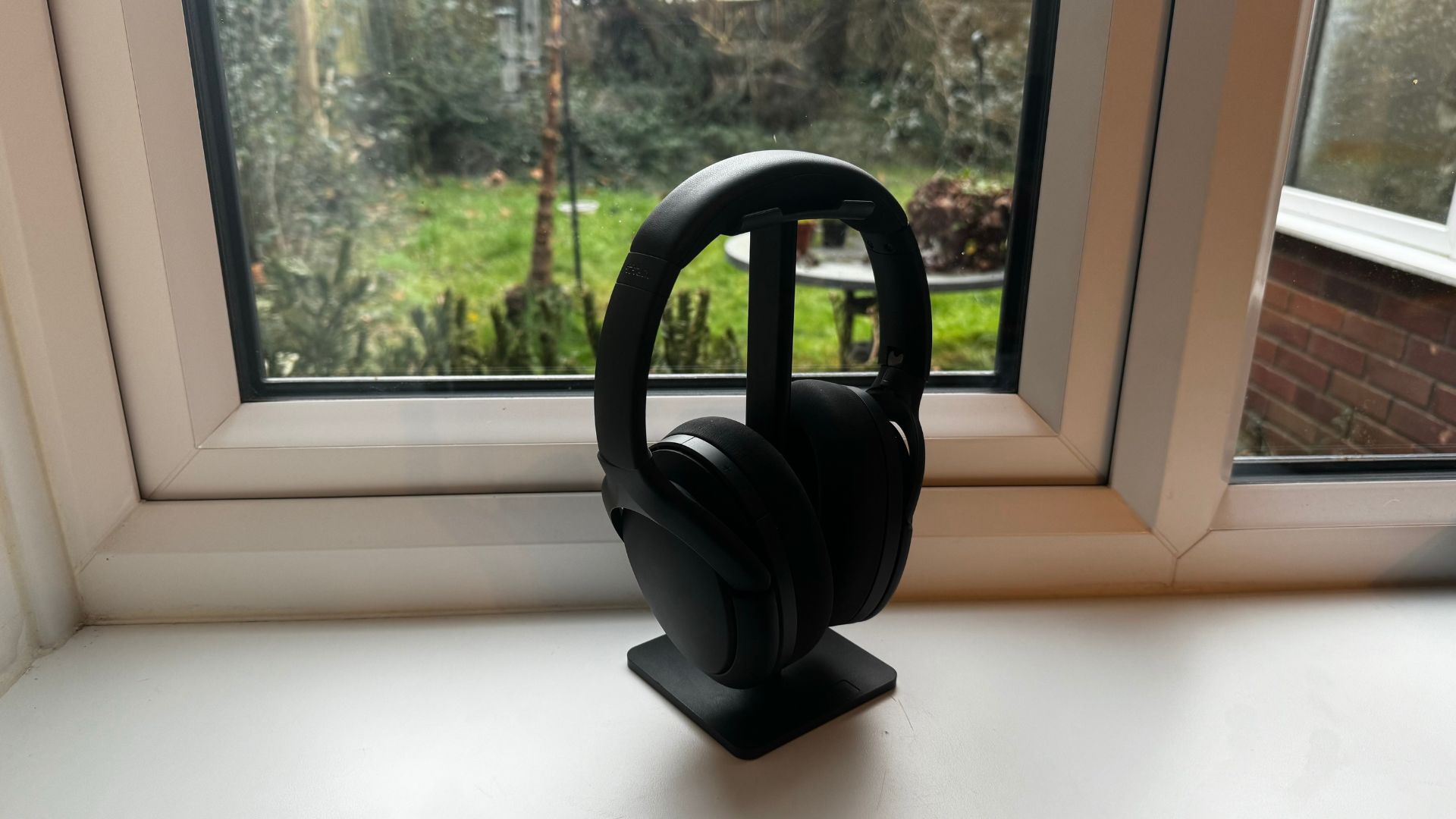
In order to make something that sounds like other headphones you’d better hope that the core product is a good one — and the Titum headphones, when it all comes down to it, are a very solid pair of Bluetooth-supporting noise-canceling headphones.
They’re weighty, and feel like they’ve been hewn out of lumps of metal. There is a touch of plastic to be found here and there, but most of the bits you put your hands on have the cold hardness of a metallic alloy. It goes some way to justifying their not-inconsiderable price — $499.
That is $50 more than the AirPods Max, which also feature a great deal of metal in their construction. Where the AirPods are more fashion-conscious with an eye-catching industrial design, the Titum cans however want to blend in, and look like ‘just another pair of headphones’. That’s not to say they don’t have their own stylistic charm — they simply don’t want to shout from the rooftops about how much they cost.
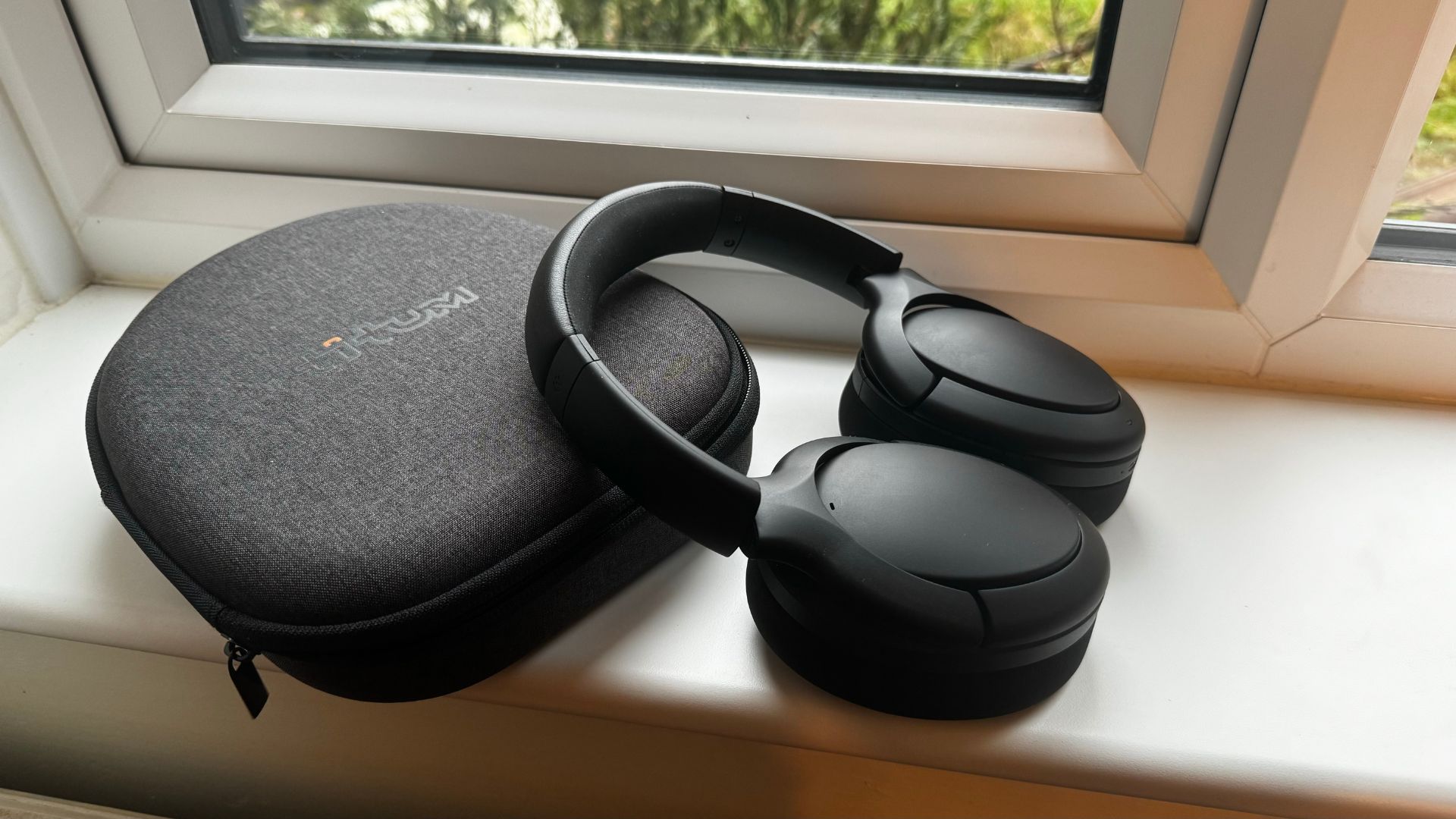
All that weight often makes a pair of headphones uncomfortable — and while they’re not the most friendly to my crown, I have worn far worse. The earcups are luxorious, smothered in Alcantara (that's a kind of faux suede that they cover grippy racing car steering wheels in), and they are plush and comfortable. My main complaint is the firmness of the headband cushioning. Because they are so heavy, they lean on the cushioning support too much, and they dig into the top of your head while you’re wearing them. I managed to dial in the fit just right, but there is still some pressure along the top side of my head.
All in all, they are a lovely thing in hand, and perhaps with more wear the top cushion will soften and let me wear them for a longer stretch of time comfortably — but there’s more to a solid pair of headphones than the way they look and feel. How does the Titum Audio sound?
This is arguably one of the most important parts of the Titum audio headphones, because the entire gimmick is based around how the headphones are able to replicate sound. At their most neutral, with none of the fancy tech turned on to make them sound like something else, they are very good. There’s a neutrality to the sound that to some might make them sound light on the bass, but there’s some great accuracy and smoothness to the signature. It’s above average, that’s for sure, and even without the ‘transforming’ part, makes them a decent set of cans.
How do they ‘transform?’
The idea is that you connect the headphones to an app available on all the best iPhones, where you’re given a list of different headphones that the Titum can replicate. There are fewer here than I thought there might be when initially checking the product pages, and crucially, no Apple-aping options. Shame. The sound signatures replicated include:
- Bose wireless noise cancelling headphones 700
- Beyerdynamic DT770 Pro
- Steelseries Arctis
- Audeze LCD-X
- Sony XM5
Of course, the options on the screen aren’t called that — they’ve all got truncated names, presumably to confound the legal departments of the companies at hand. There’s little else to the app beyond this list of headphones — no EQ changing, noise canceling settings, or custom sound profiles. Only the transforming page.
So what does transforming the sound actually do? I’ve compared the different sound profiles to some of the actual headphones in my collection to find out — and tried to find whether they actually work.
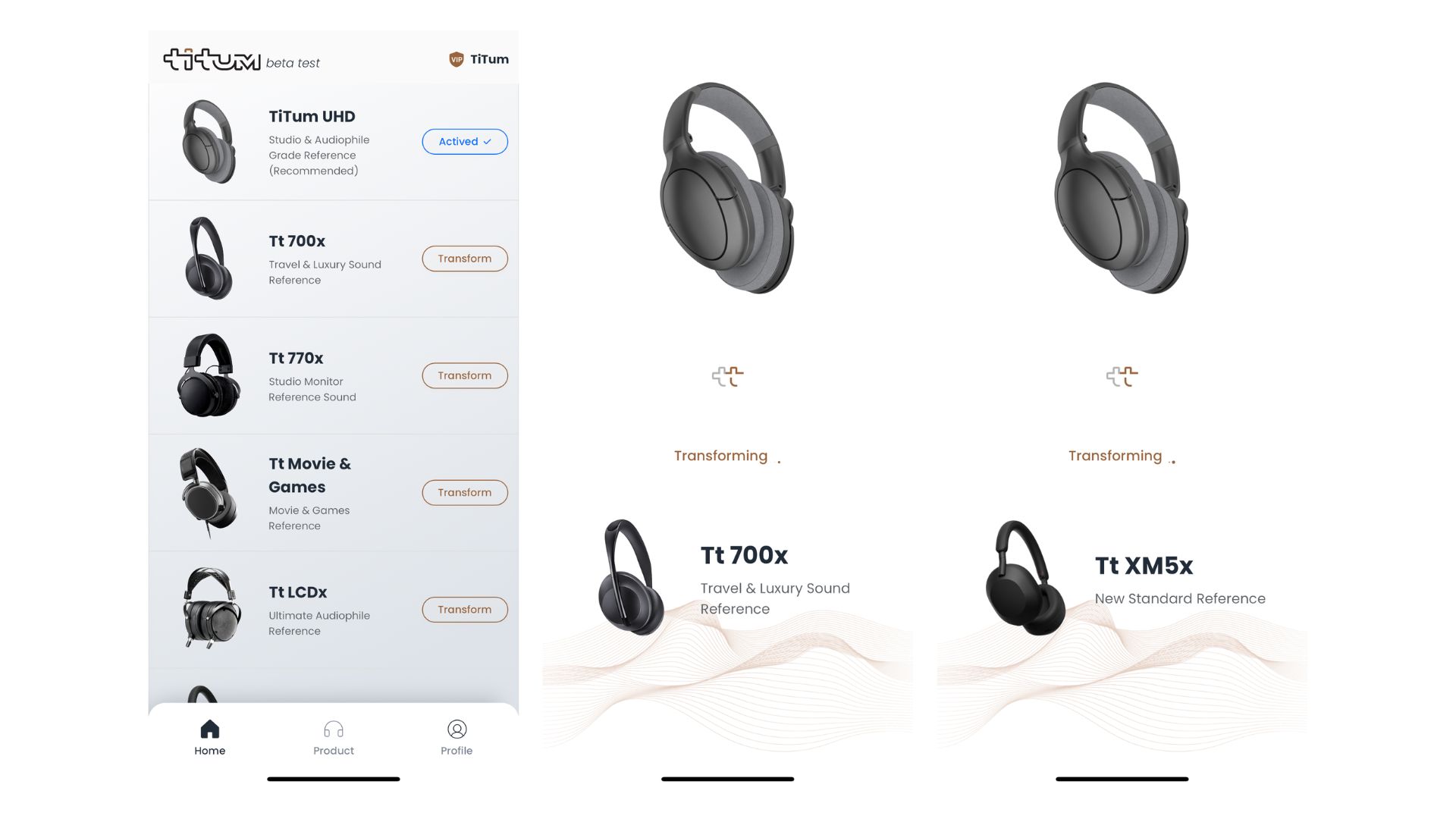
Or at least I would have done — but the moment I selected the first headphone, and pressed the ‘transform’ button everything became crystal clear. I’m not convinced there’s any kind of true audio trickery going on here at all — just some custom EQs with names that reflect headphone styles that they might get close to.
The first on the list is the Bose Noise Canceling 700, a pair of headphones that I have significant experience with after I bought a pair to get me through university. They're well well-rounded, if bassy, and a very pleasurable listening experience.
The Titum version of the profile is… well, it kind of reflects those words, but not in a way that it actually makes them sound like the headphones at hand. My plan was to use one track, Celtic Frost’s A Dying God Coming into Human Flesh, and then compare them with the actual headphones to see if they managed to replicate the experience at least slightly.
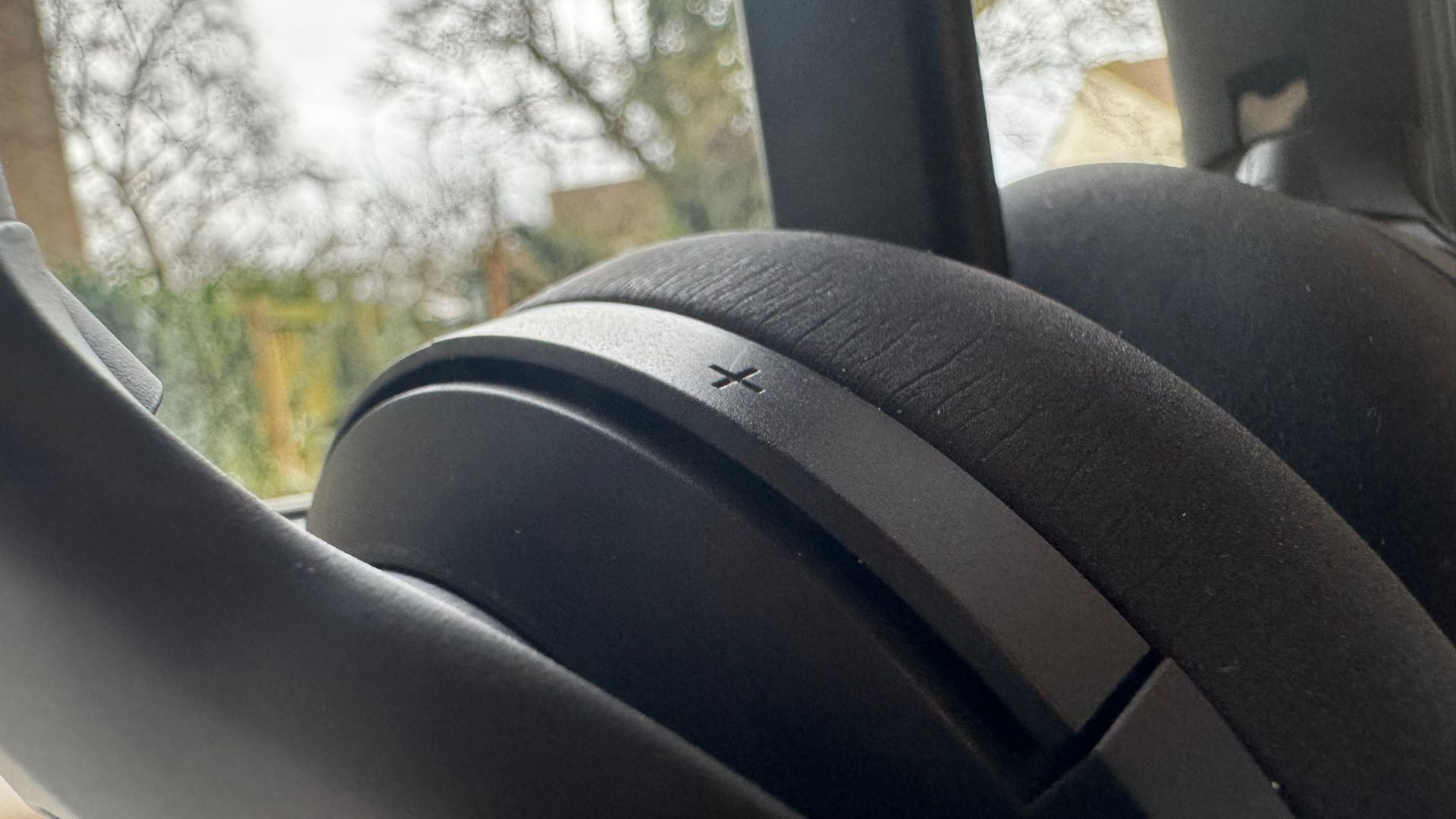
I didn't have to get very far in the testing to hit problems — the transform button makes a snazzy splash noise that says ‘Titum, transform your world’, and then makes the headphones sound bad. The Bose option, for example, sounds synthetic and is filled with some truly abysmal distortion. The bass is warmer, but the highs are all over the place and the drums are messy. The vocals are fine when the rest of the cacophony is gone, but they’re lost when the mix gets busy again. The LCD-X sound option thickens up the mids but loses all the definition in the bass and the highs.
Perhaps I was stupid to think that $499 worth of headphones could replicate $899 worth of Audeze classics, but there was still a little bit of me that had some hope. Some hope that it wouldn’t be just a fancy-looking EQ. That it might actually work.
The Titum headphones — a failure?
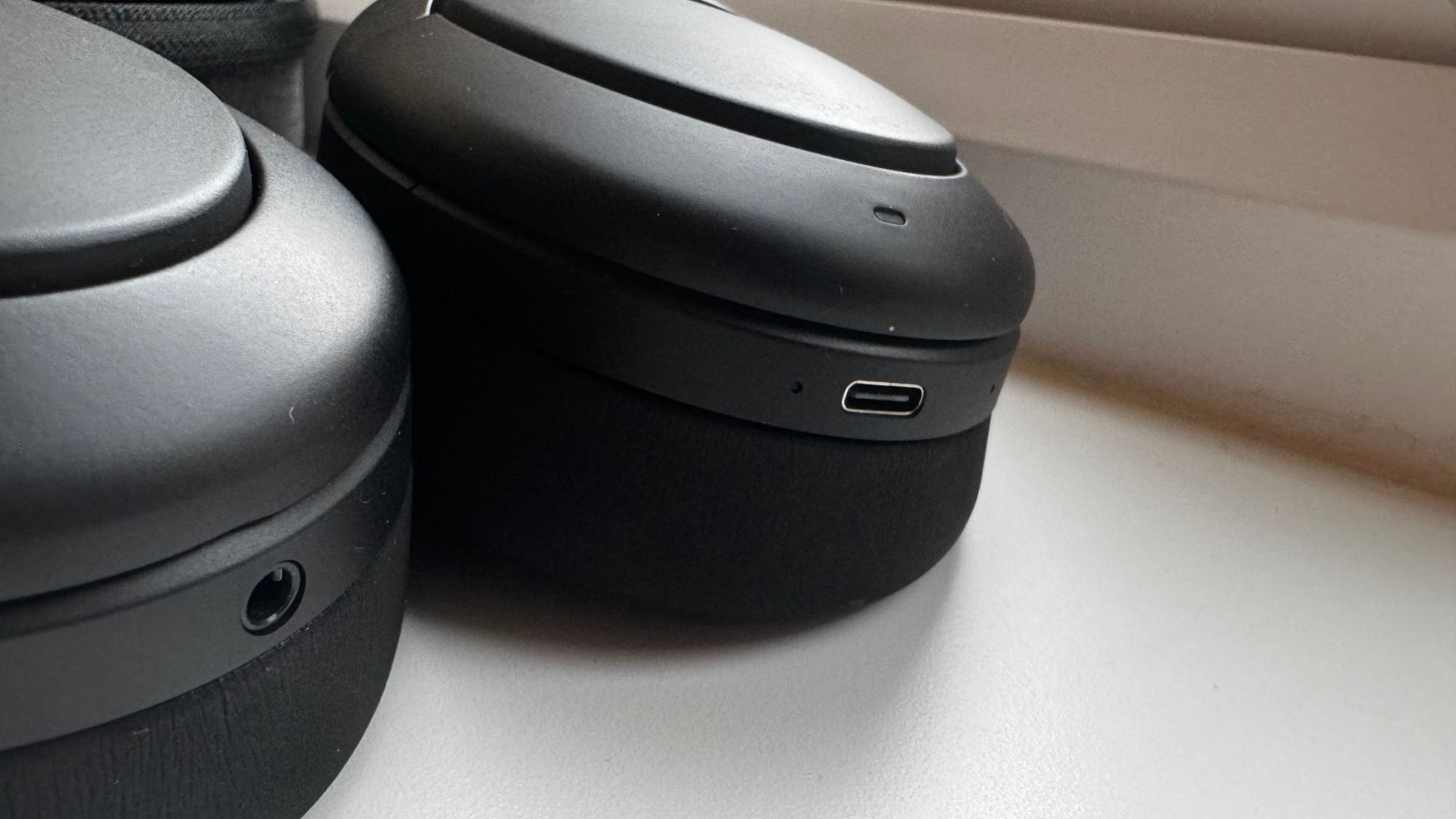
Ok, I don’t think it's completely fair to call the Titum headphones a failure. I love how they’ve tried something new — although that something new is giving me bad EQ settings and calling them emulated headphones.
The problem is that at their heart, the Titum Audio Headphones are a solid pair of luxury noise-canceling cans. The in-built DAC is top quality and supports hi-res lossless audio formats of up to 24bit/96Khz when plugged in over USB-C. Dolby Atmos works well with movies and games, and the audio hardware that runs the show is top-class stuff.
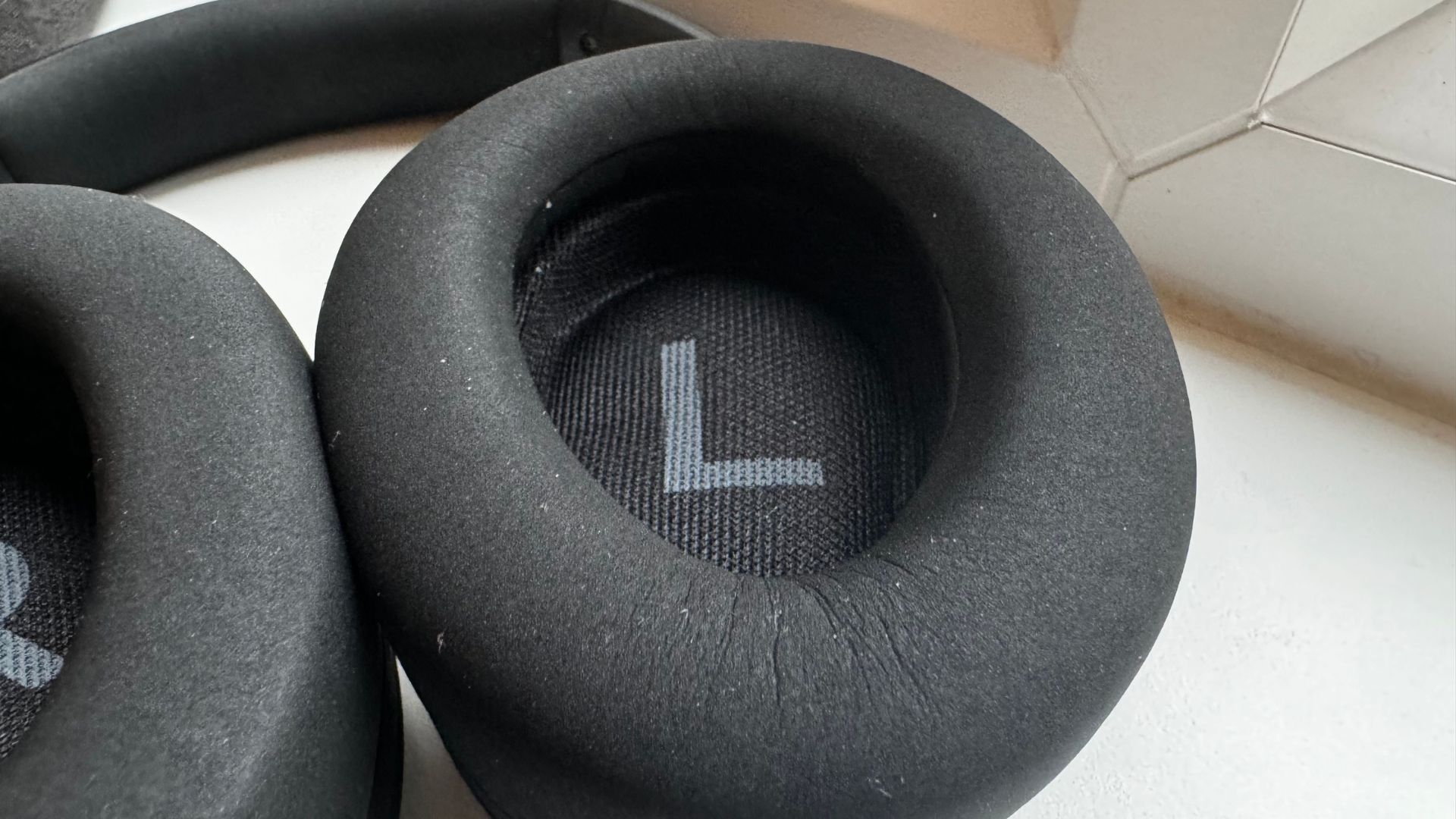
The Titum didn’t need any kind of audio trickery to be a good pair of headphones to begin with — but they took a risk and tried something that would make them stand out in an otherwise saturated space. What worries me is that there is obviously a very talented audio team at work here, but this initial product has a leading gimmick that doesn’t work and undermines the otherwise-solid quality of what sits at the core.
I want Titum to do well — but I reckon they’d be better off focusing on the strong audio experience they’ve got here, and selling them as luxury headphones. Alas, I can’t look at these as luxury headphones alone, and I have to take into consideration the gimmick as well. And the gimmick? Well, again, the gimmick just doesn’t work.
Buy the Titum Audio headphones if you want some great-sounding, solidly built headphones — and then have a play with the app. You’ll end up at the standard sound profile before long, but that’s no bad thing. It’s really good. Just don't expect that top line magic audio claim to stand up to much scrutiny.







